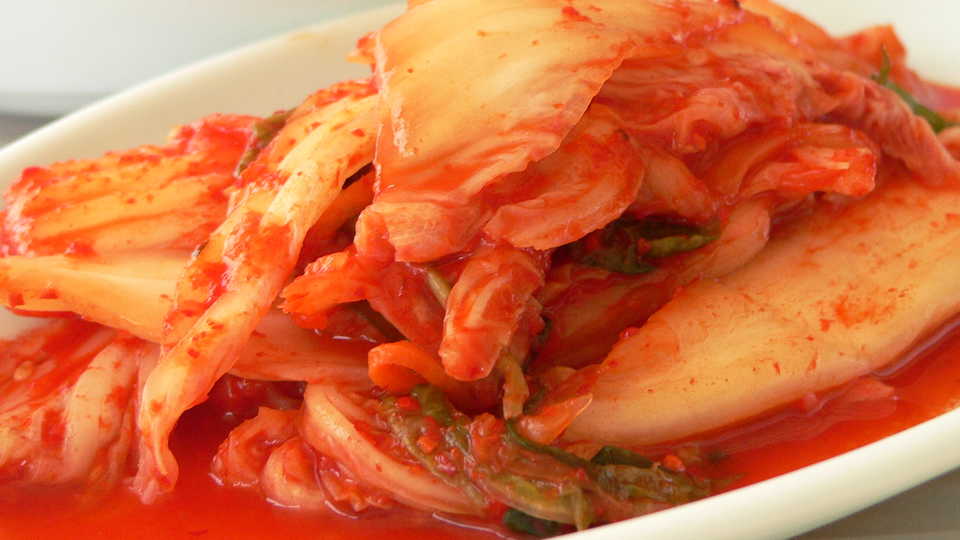Science News
Lab or Kitchen?

Cheese, chocolate, miso, wine, coffee, bread, soy sauce, yogurt, beer and pickles. Getting hungry? These are just a few of the foods we enjoy that are made better with microbes. And humans have been manipulating microorganisms for enhanced flavors and preserving food for thousands of years. Now, famous chefs and home cooks alike are taking this process of fermentation and bringing it into the 21st Century, according to an article published today in Nature Microbiology.
Author and chemist Arielle Johnson describes the basic process this way: “Microorganisms live in or on their food source, and biochemically transform it to extract energy, producing metabolites in the process.” Think of bacteria and fungi transforming vegetables, milk, or rice into sauerkraut, kimchi, yogurt, cheese and miso. Modern day cooks, often working with chemists, are looking for new flavors and trying to expand the potential of local foods, pushing the boundaries of what these microbes can achieve.
Johnson works closely with the staff of Copenhagen’s noma to do just that. Noma’s menu is entirely sourced from the Nordic region, which could be limiting for creative chefs, but fermentation opens up the possibilities. The restaurant has modified shipping containers to create temperature-controlled food laboratories, growing yeast, bacteria, mold and more to make homemade misos, vinegars, kombuchas and other products. And noma isn’t the only restaurant doing this. David Chang at New York’s Momofuku is taking an ancient process of fermenting tuna, called katsuobushi, and applying it to pork (“Mmmm, pork,” one could imagine Homer Simpson saying), working with chemists to understand the process and to ensure its safety. Locally, chefs at Bar Tartine are using updated fermentation techniques and ingredients to make original beverages.
And these microorganisms aren’t limited to fungi and bacteria. “Many algae strains, known for their oceanic flavors—have been featured in dishes at Number 9 Park in Boston and Aponiente in Spain, and lichens, which are symbiotic growths of fungi with algae or cyanobacteria (such as reindeer moss—which is only colloquially called a moss) are frequently found on Scandinavian tasting menus,” Johnson writes.
You can get in on this delicious chemistry, too! Beyond cookbooks, Johnson writes that social media (examples here or here) is helping get the word out about modern-day fermentation with cooks sharing tips and tricks on ingredients and processes. Plus, it’s all very scientific: “Given that the processes involved take weeks or months to complete and vary widely depending on the local microflora, ingredient composition, temperature, humidity and many other parameters; experimentation, trial and error, discovery and self education go hand in hand with making this happen,” she reports.
Ready to get to the lab, I mean, kitchen? I’m starving!
Image (kimchi): Nagyman/Flickr